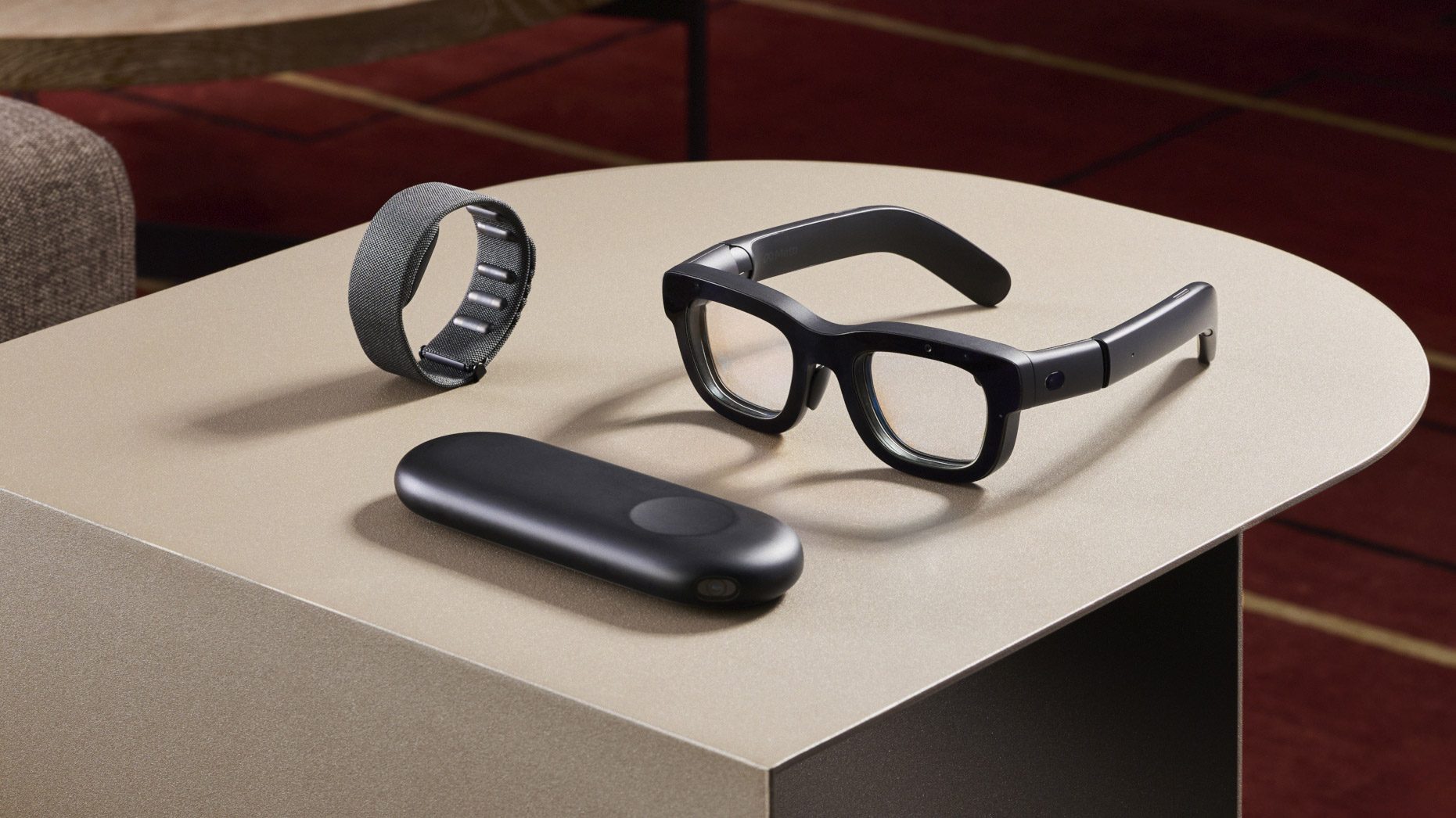Shrinking the weight and boosting the performance of standalone XR headsets are critical elements for advancement in the field. While Meta has showcased its Orion AR glasses prototype, which uses a wireless compute unit, Andrew Bosworth, the CTO, believes this setup isn’t the ultimate solution for standalone VR gaming.
Bosworth, who also leads Meta’s Reality Labs XR team, touched on this topic during one of his recent Instagram Q&A sessions. These sessions often cover a wide range of subjects, blending both professional insights and personal reflections.
In his latest discussion, Bosworth elaborated on the potential of wireless compute units and why they may not be the ideal choice for Meta’s standalone VR headsets.
Meta Quest 3S | Image courtesy Meta
“We’ve examined this option a lot. Wireless compute pucks don’t quite solve the issue. Even if you go wireless, the headset still needs a battery, which significantly contributes to its weight. Sure, you could improve performance slightly due to extra thermal space, but you’re still hampered by bandwidth limitations because of the radio,” Bosworth explains.
Beyond the technical challenges, Meta’s main objective is to create something that’s affordable for consumers, evident in their latest Quest 3S, which starts at just $300 for the 128GB model. Bosworth adds:
“You’re also looking at increased costs. Even if most silicon resides in the wireless compute puck, you still need plenty of it for powering displays, managing local corrections, and handling data streams. So when you do the math, it doesn’t quite add up. It doesn’t save much in weight and significantly boosts cost and complexity.”

Meta’s Orion AR Glasses Prototype | Image courtesy Meta
This stands in contrast to Meta’s Orion prototype, which does utilize a wireless compute unit. However, it won’t be commercially available because of its exorbitant price, driven by the pricey silicon carbide lenses, reportedly costing around $10,000 per unit. This suggests that wireless pucks can be beneficial in certain scenarios, like when delivering simpler graphics to AR glasses.
On a related note, Bosworth has mentioned that their first consumer-friendly AR glasses won’t be priced around the Quest range when they eventually launch. He pointed out back in September that while the device won’t be cheap, the aim is to make them accessible in the same realm as phones and laptops.



